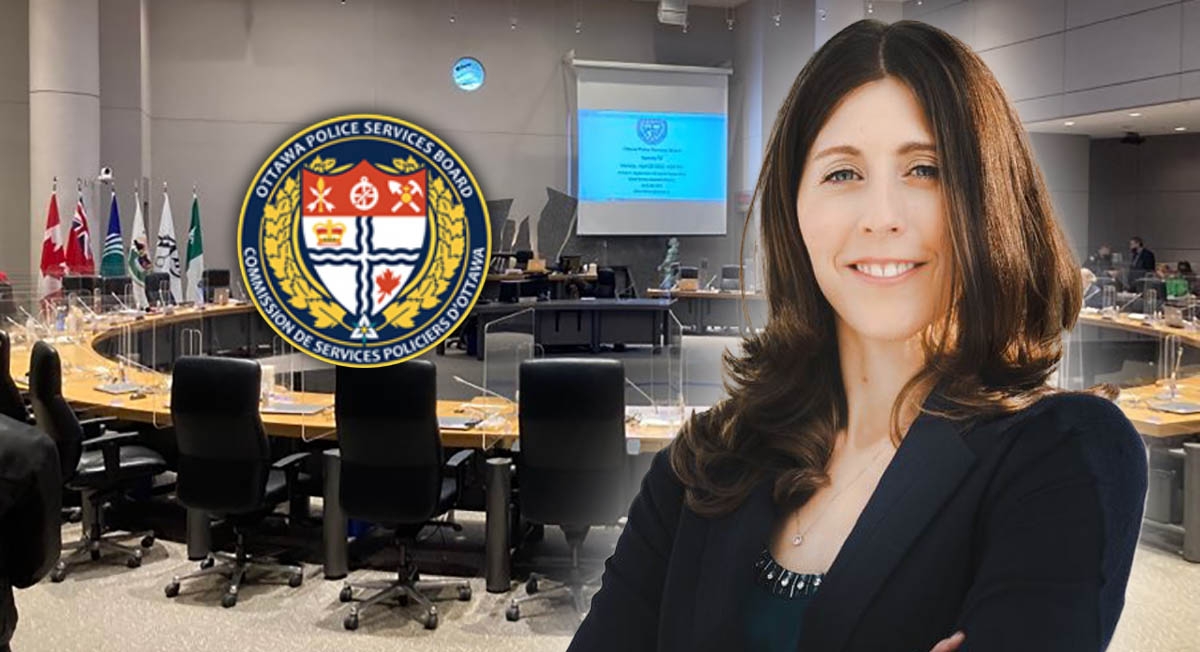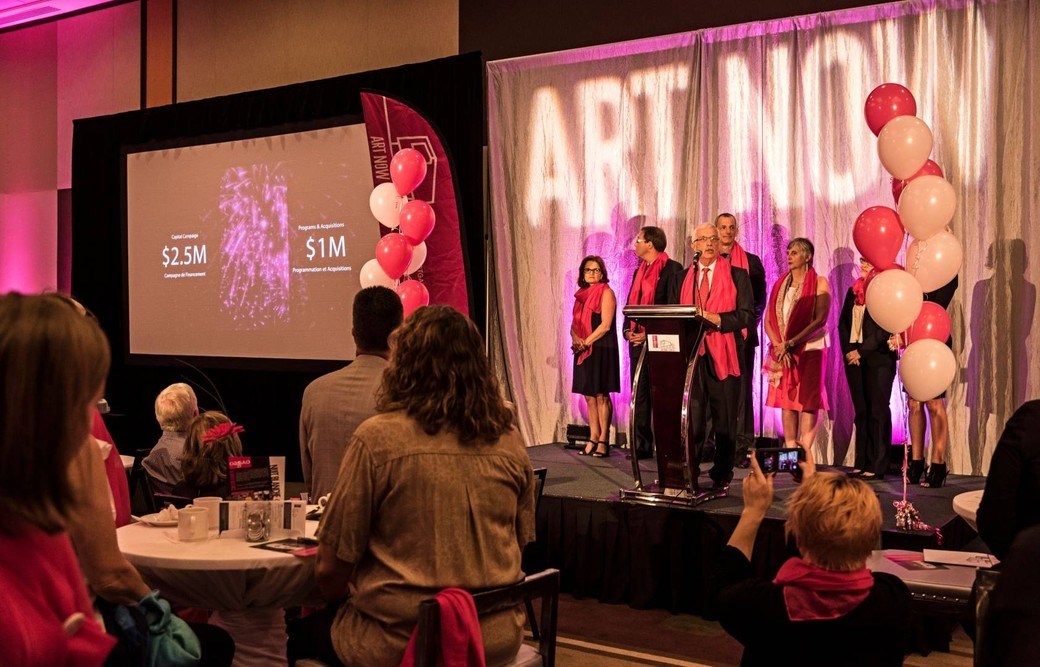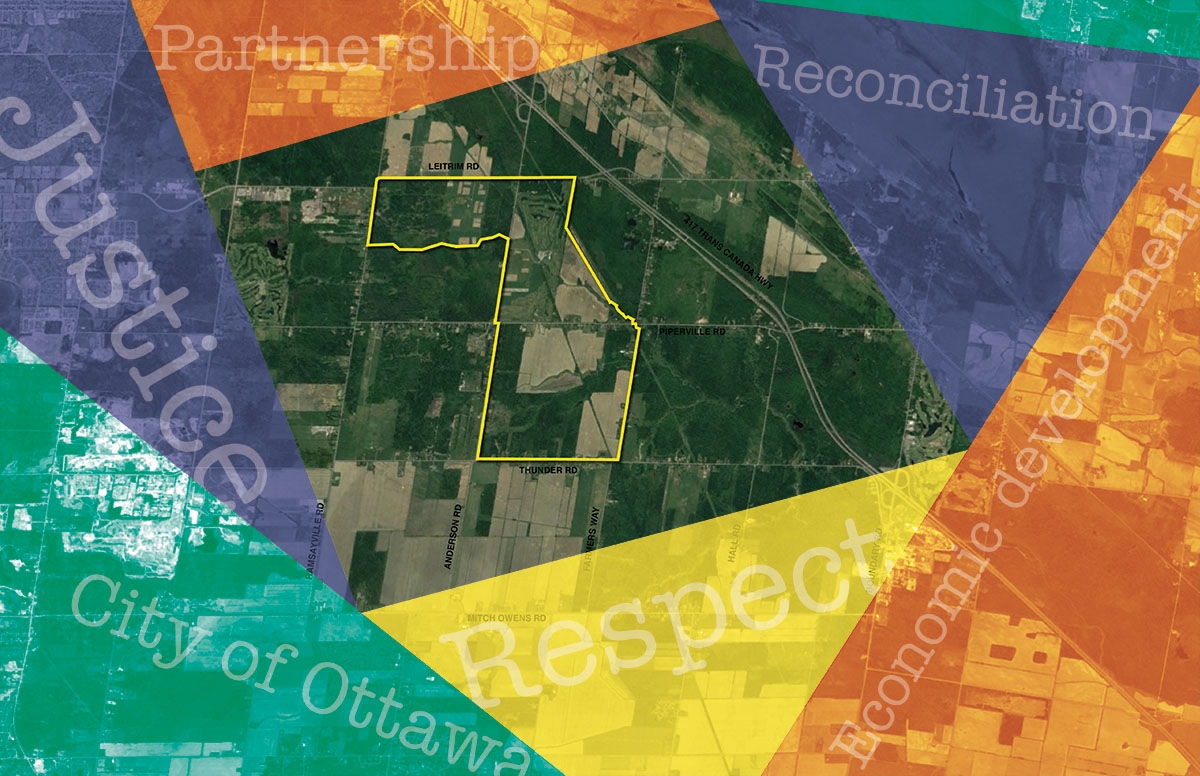
Invisible no more – The Tewin Project
ABOVE: Aerial image of the Tewin Development boundary.
The Algonquins of Ontario and Taggart family partner on the uncharted path to reconciliation
On February 10th, Ottawa City Council made a controversial move when it voted to bring 445 rural hectares of land from southeast Ottawa (near Carlsbad Springs) into Ottawa’s urban boundary to create space for a transformational new community called Tewin (pronounced “Tay-Win”).
It’s not the first time this huge tract of land was considered for development. Fifty years ago, the suburbs of Ottawa began to grow beyond the limits of Greber’s Greenbelt. Pockets of new neighbourhoods popped up in places like Orleans, Blackburn Hamlet, and Kanata. And so, in the 1970s, the former Ontario Housing Corporation and the National Capital Commission began considering locations outside the belt for future “model city” communities. Carlsbad Springs was one such location but was passed over in favour of “South Rideau,” which eventually became Barrhaven. It was the beginning of communities where today hundreds of thousands of Ottawa residents call home.
In a 10-minute videotaped message to council posted before the meeting, Chief Wendy Jocko of the Algonquins of Pikwakanagan First Nation describes Tewin as “a generational opportunity to create one of Canada’s most innovative and environmentally sophisticated communities.” Chief Jocko explains that the development will be, “all guided by Algonquin principles and teachings, while allowing Algonquin people to take their rightful place within the economic fabric of Canada’s capital”.
Tewin, meaning ‘home’ in Algonquin, is a joint venture of the Algonquins of Ontario and the Taggart Group, a construction company that dates back to the early 1940s when Harold Taggart began building homes in Ottawa’s west end. The Algonquins of Ontario (AOO) represents ten communities pursuing a modern-day treaty based on Algonquin Aboriginal and treaty rights protected under Section 35 of the Constitution Act, 1982, includes Pikwakanagan First Nation, Kijicho Manito Madaouskarini (Bancroft), Bonnechere, Greater Golden Lake, Mattawa/North Bay, Ottawa, Shabot Obaadjian (Sharbot Lake), Snimikobi (Ardoch) and Whitney and Area. Collectively, the AOO lays claim to 36,000 square kilometres in eastern Ontario, loosely defined by the watershed of the Ottawa River from Mattawa to Kingston to eastern Ontario. The name Ottawa itself is Algonquin for “trade,” something enabled for eons of time by the confluence of three rivers and a culture of excellent paddlers.
The AOO and Taggart are committed to working together to build one of Canada’s most dynamic neighbourhoods, rooted in Algonquin culture and values and becoming a beacon of what reconciliation can look like through partnerships and economic development.
The Tewin project has garnered a lot of attention in many quarters because it has come to represent so much more than just a new dynamic neighbourhood in the capital. As a reconciliation project, it has split Algonquin communities along provincial lines. No sooner had the Tewin proposal been brought to a vote that the controversy about who exactly is an Algonquin hit the news. Communities that aren’t part of the AOO, several of which are located in Quebec, were vocal about Tewin not being an act of reconciliation, in their opinion. Claudette Commanda, the granddaughter of the late William Commanda, the Algonquin elder, spiritual leader and longtime band chief from Kitigan Zibi Anishnabeg First Nation located just south of Maniwaki spoke against the project in a CBC interview saying “You should not be standing up there and saying ‘I recognize that we are on the traditional, ancestral, unceded territory of the Algonquin nation- but you turn around and you’re going to give our land away to a group of people?”
It is important to note that while traditional Algonquin territory is centred on the Kichi sipi, meaning “the Great River”, historically in pre-colonial times multiple autonomous tribes controlled the waterway. For example, one group charged other nations a toll for traversing a strategic point located at Allumette Island near present-day Pembroke where broad rapids require a portage. The Nipissing exercised similar jurisdiction in their territory. To this day, while there is a unified identity, the Algonquin are organized into autonomous nations and sub-nations that live in widely disparate socio-economic conditions.
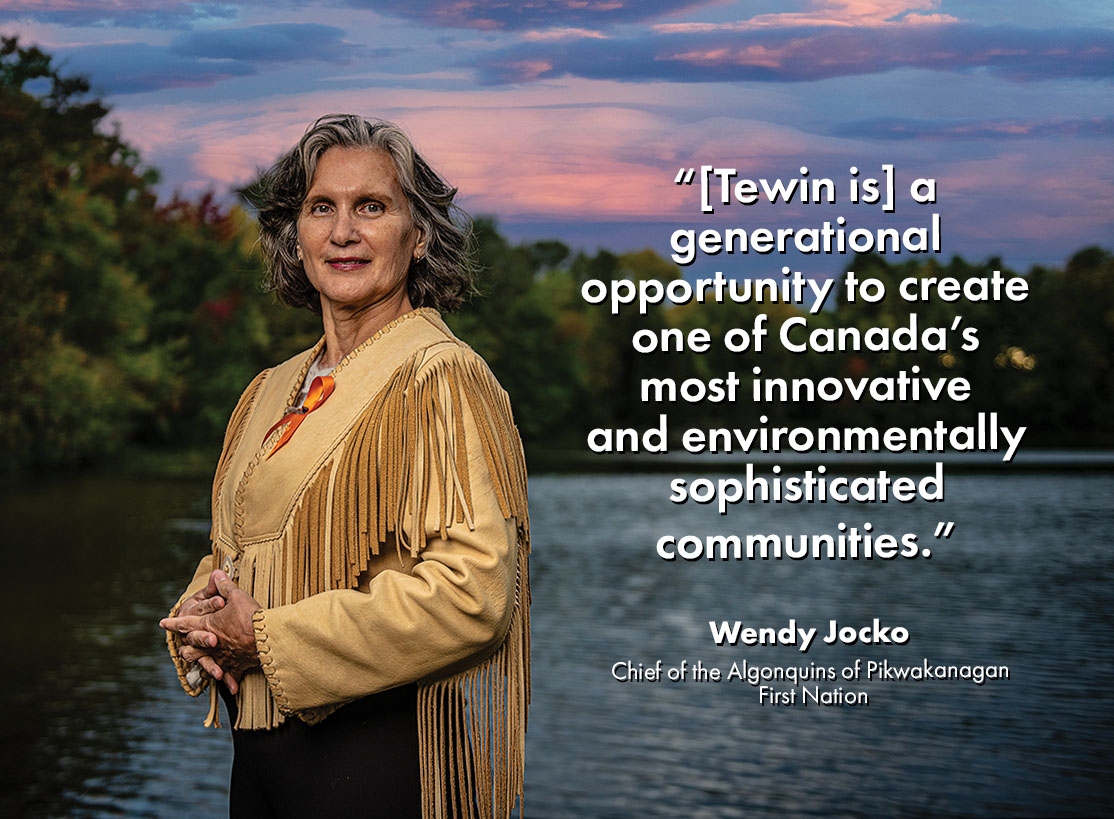
To that, Chief Jocko defended the project in her taped message to council. “We are taking our rightful place in Ottawa, Canada and the global community.” Chief Jocko went on to say, “This is a significant colonial injustice that we are now seeking to reconcile […] through every avenue available to us.
Chief Jocko began her remarks by stating that federal recognition of official First Nations status under the Indian Act is a remnant of the colonial era, and that identity expressed and experienced, then as now, by cultures themselves, versus legal definitions, is the true measure of indigeneity. All members of Pikwakanagan First Nation are automatically included as beneficiaries of the Nation. Anyone else who consider themselves as Algonquins have to complete an enrollment application form. “We have worked very diligently to strengthen the criteria for enrollment [in the AOO] requiring anyone who wishes to register to demonstrate a sustained connection to the original historic collectives,” said Chief Jocko.
The final Council vote confirming Ottawa’s urban boundary expansion for Tewin came on the heels of Canada’s first National Day of Truth and Reconciliation, a federal statutory holiday meant to ensure that the history and legacy of Canada’s colonial past is never forgotten. In December 2015, the final report of the Truth and Reconciliation Commission (TRC) outlined 94 Calls to Action (or recommendations) pertaining to everything from child welfare and justice to newcomers to Canada. Recent changes, for example, to the citizenship test and oath, which now both include references to Canada’s Indigenous peoples, their histories, and their rights, fulfill calls to action 93 and 94. This is more than just symbolism. It is meaningful knowledge that reframes Canada’s origins in the minds of new Canadians as beginning with the presence of Indigenous cultures in this vast and ancient land.
According to the 2020 TRC Report Card issued by the Assembly of First Nations, The TRC Call to Action 92 which states that Indigenous communities gain long-term sustainable benefits from economic development projects and that Indigenous communities are included in the co-development of a strategy to eliminate employment gaps, has seen little progress
Tewin may just help move this needle.
“Tewin truly is about reconciliation, and speaks directly to the TRC Calls to Action,” said Lynn Clouthier, Algonquin Negotiation Representative for the Ottawa region. “Reconciliation is not about hand-outs. It is about groups working together toward a mutual goal. That, to me, is Tewin defined.”
Tewin is separate from AOO’s other land claim negotiations in the province. However, it is not the first time that the AOO has pursued an urban housing partnership of this nature. Wateridge Village/Village des Riverains is a 125-hectare site on the former Rockcliffe Airbase under development by Tartan Homes and in partnership with the AOO.
Neighbourhoods and communities and how they evolved (or devolved depending on your view) in the capital have changed over the decades. Drive through any vinyl siding enclave in Ottawa and you’ll see clusters of SUV’s obscuring faux brick facades. Box stores are your only shopping option and the hub of most community interaction. Smart Centres™ further aggravate earnest consumers by requiring a car to drive from one box to the next within their confines. Shopping malls simulate main streets where private property rights trump your personal rights. Busk, stage a protest, or stick a poster on the wall at Bayshore and you’ll never eat frogurt again.
It wasn’t always this way. Main streets like Bank or Wellington were developed and built to serve families. Post-war suburbs didn’t assume that the car was almighty. Cruise around Alta Vista, Mooney’s Bay, or Manor Park and you’ll notice that laneways are narrower and that neighbourhood plazas once provided supermarkets and other retail necessities.
In the era of climate change and a yearning by citizens for more sustainable, connected, and liveable communities, urban planners and developers are listening and changing to meet those demands. So is city hall. The City of Ottawa masterplan released in August 2020 would consider these 15-minute neighbourhoods, in which “you can walk to get to the grocery store, where you can easily walk to frequent transit, and where children can safely walk to school.” In many ways this is the opposite of the suburban car first communities the city has permitted developers to create for the past 40+ years.
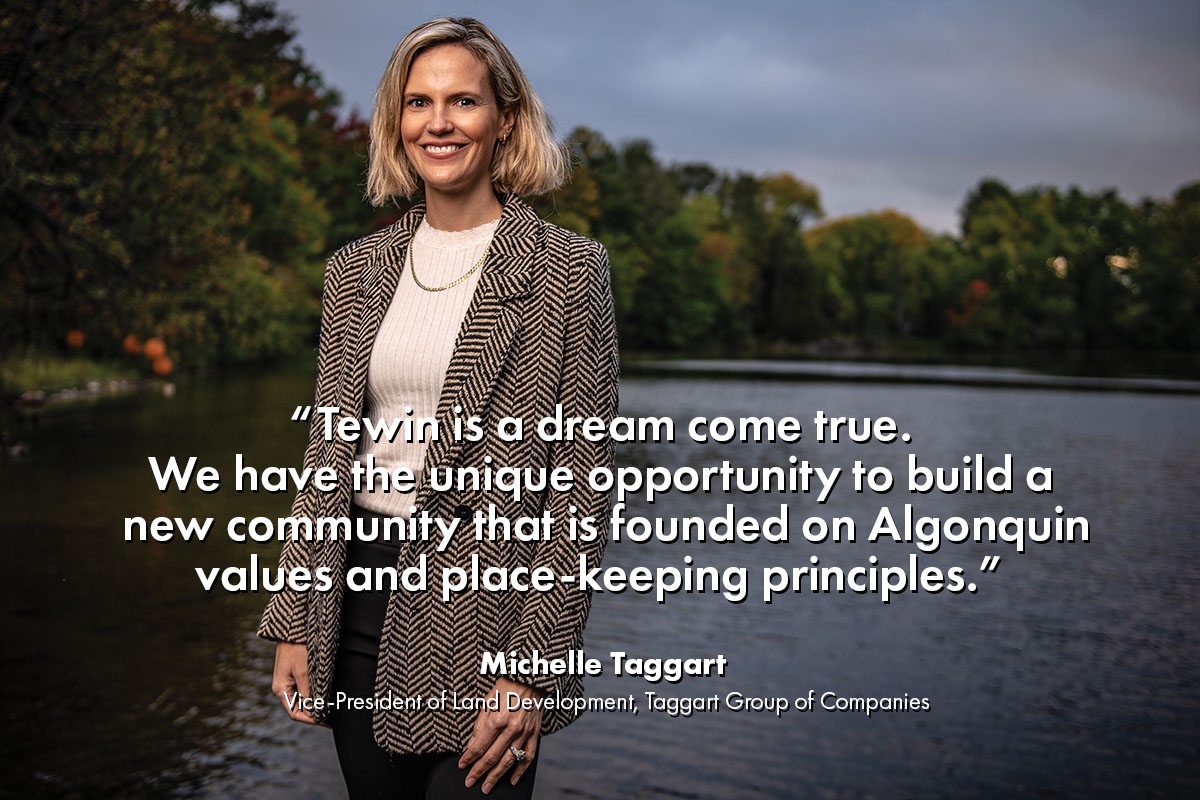
A Meaningful Presence
The Tewin partners say their vision is groundbreaking in terms of modern urban planning and demonstrates the unique perspective that Indigenous communities can contribute to land use planning and development.
Algonquin history, culture, and voice have been, and will continue to be, a foundational element in the consultation, planning, design, and development of Tewin. Algonquin teachings will be embodied within the community design process with the intention to create a place where the Algonquin people can see themselves.
“For centuries of European settlement, the Algonquins had become invisible in our own land and precluded, in one way or another, from fully participating in the economic and social life in Canada,” said Chief Jocko. “Tewin reminds us that we are home in our Traditional Territory and assures us that we can rebuild our meaningful presence on these lands and within the social fabric of this city.”
Chief Jocko says that working closely with the Taggart Group of Companies over the past few years has “demonstrated the strength of building partnerships based on Algonquin values and teachings, and our shared desire to advance reconciliation in a bold and meaningful way.”
One Planet Living
Another set of principles central to the thinking behind the development plans for Tewin is the One Planet Living framework, an optimistic vision for the future “where everyone, everywhere lives happy, healthy lives within the limits of the planet, leaving space for wildlife and wilderness.” Tewin will make Ottawa the only city in the world with two One Planet Living developments, the other being the community of Zibi located in Ottawa and Gatineau. Chief Jocko hopes that Tewin will “position the City as a world leader in sustainable community development [and] serve as an unprecedented model for smart, compact, and integrated urban growth.”
Indeed, Tewin will be developed in accordance with what are called the 5 Big Moves of Ottawa’s new Official Plan: Growth Management; Mobility; Community and Urban Design; Climate, Energy and Public Health; and Economic Development. In doing so, Tewin promises to deliver a set of benefits that will promote the social, economic, and environmental health and wellbeing of the area, and also protect agricultural land and significant natural features.
Promising to demonstrate how a new community development can provide a wide range of housing types and address affordability in the city, all while making use of available sewer and transit systems, the community will support between 35,000 to 45,000 new residents and foster job creation with a vision for local urban agricultural development and culturally relevant opportunities for learning and innovation. High-quality transit will serve Tewin from day one, at the expense of the developer, promising not to impose any additional costs on the Ottawa taxpayer.
Controversy
To the wearier Ottawa resident who is less optimistic about the feasibility of such a vision, it may all sound too good to be true. After all, when it comes to feasibility relative to current municipal infrastructural networks like sewage treatment, water, and transit, Tewin’s scores by city planning officials were low. City staff voiced concerns about Tewin’s proximity to “existing or planned infrastructure including servicing and transit as well as amenities such as recreational facilities and retail.”
So why has the city gone ahead and approved the site? Representatives from the development team say that the numeric scoring system that was used to score Tewin was designed to evaluate incremental additions to the city boundary, rather than to score a holistic and complete new community like Tewin.
While there is no existing transit or plan to expand transit to the area, Taggart says they are fully committed to developing and building a transit system at no cost to the city.
Michelle Taggart, Vice-President of Land Development at Taggart, says that one of the things that makes this project so exciting is that they are working with a ‘blank canvas’.
“We are starting from scratch, learning from the past, and planning for the future. We will build a dense, connected, sustainable community that will be planned around a future transit system rather than trying to fit transit in after the community is built,” said Taggart.
As with any development, there are significant challenges ahead and the AOO-Taggart team say that they are fully committed to working with the city to capture the costs of this development. They argue that Tewin is a unique proposition for what greenfield development can offer the city and remain confident that ‘Tewin will pay for Tewin.’
“For me personally, and as a professional planner, Tewin is a dream come true. We have the unique opportunity to build a new community that is founded on Algonquin values and place-keeping principles. Just think how special that is. This is going to be a community like no other in Canada,” said Taggart.
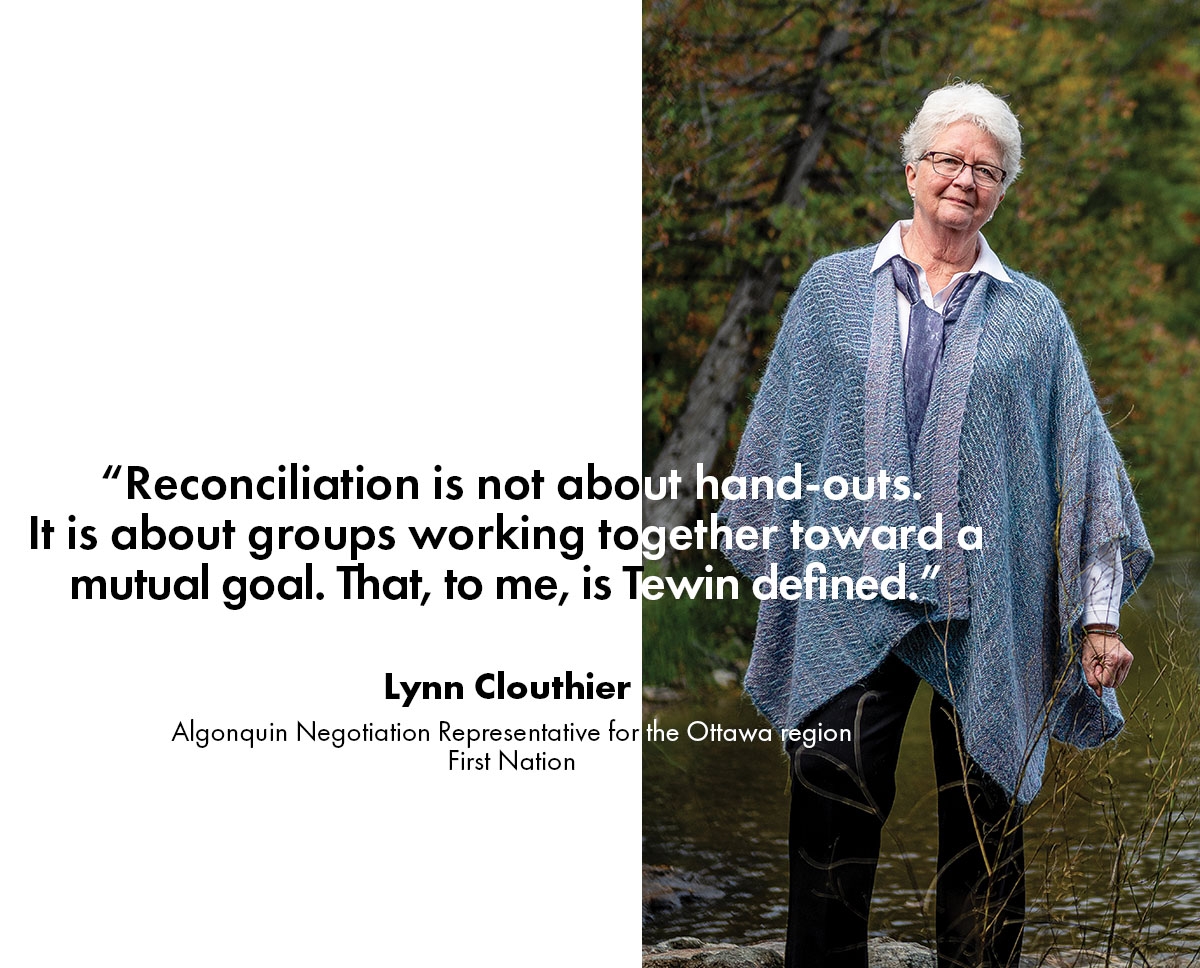
Real Reconciliation
There is great faith in this project on many levels, and a belief that, when all is said and done, it will be a defining example of meaningful economic partnership with Indigenous people in Canada.
It is Clouthier and Jocko’s hope that Tewin will be a means for the communities of the AOO to support their aspiration to be a self-determining people once again, to re-make their place for future generations and to renew Algonquin culture.
It is a hope shared by many members of the AOO and their partners, and indeed many Canadians who are ready to see real progress on truth and reconciliation.
For more information visit Tewin.ca
EDITOR’S NOTE: It is important to note that while traditional Algonquin territory is centred on the Kichi sipi, meaning “the Great River”, historically in pre-colonial times multiple autonomous tribes controlled the waterway. For example, one group charged other nations a toll for traversing a strategic point located at Allumette Island near present-day Pembroke where broad rapids require a portage. The Nipissing exercised similar jurisdiction in their territory. To this day, while there is a unified identity, the Algonquin are organized into autonomous nations and sub-nations that live in widely disparate socio-economic conditions.
ALL PHOTOS: Sean Sisk Photography

